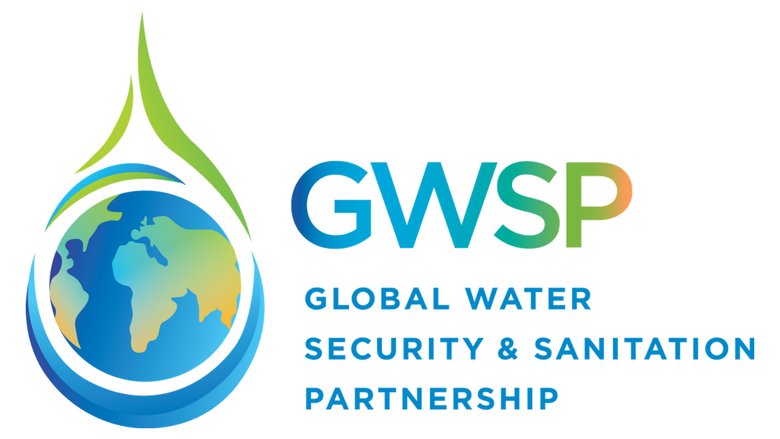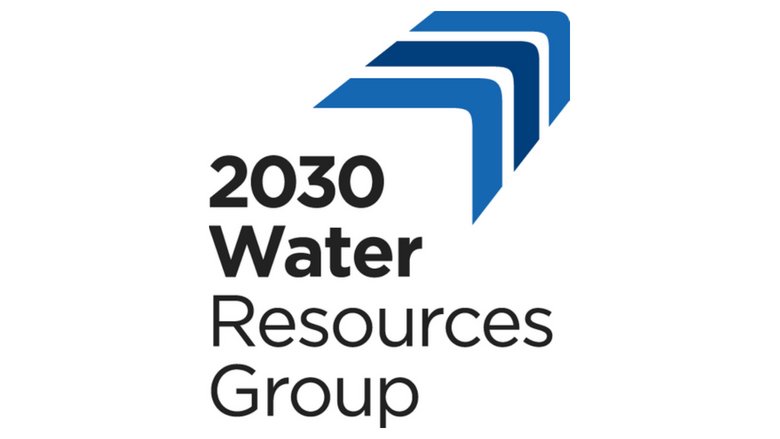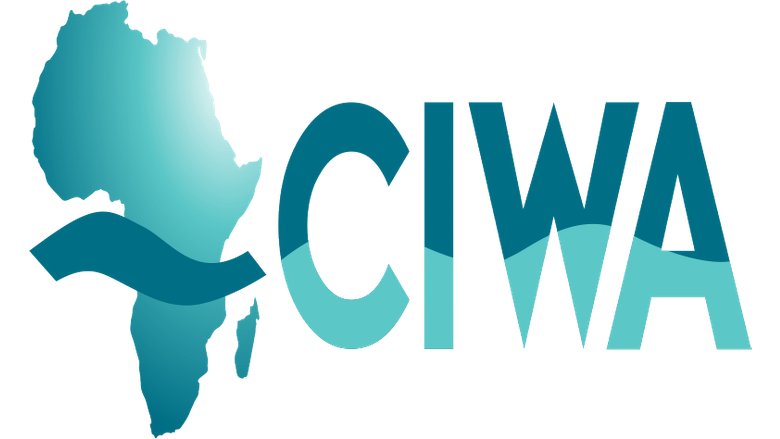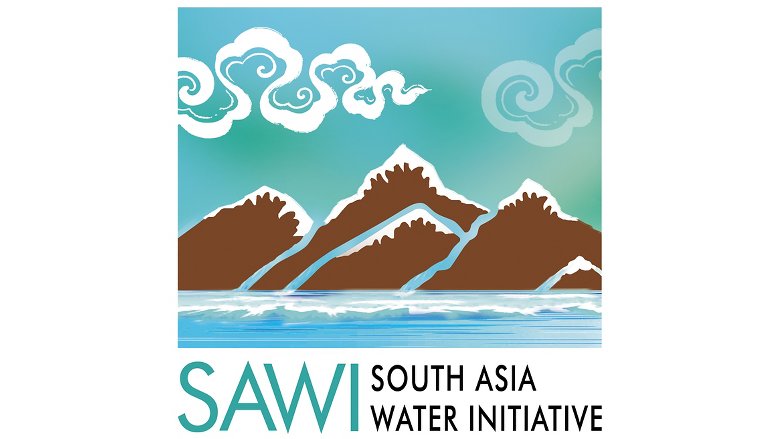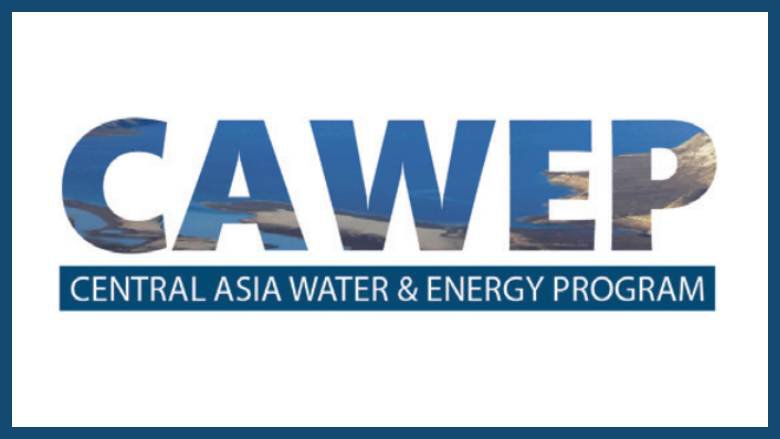Water is the foundation of a livable planet
Water is our most valuable yet overlooked resource. It sustains people, powers economies and jobs, grows food, and supports ecosystems. But this vital asset is under greater stress than ever before. To achieve a world free of poverty on a livable planet, we need to transform how we use and manage water resources. The World Bank Group's new water strategy aims to ensure efficient and sustainable use of water for people, food, and the planet.
Investing in water means investing in economic growth
Water is essential for jobs, productivity, livelihoods, and thriving economies. Water-dependent sectors, such as agriculture, energy, and industry, support around 1.7 billion jobs worldwide.
Access to clean water and sanitation improves public health and frees up time, enabling more people—especially women—to participate in the workforce. Investment in water supply and sanitation offers strong value for money, with every dollar spent in Africa generating a $7 return. No country can achieve lasting prosperity without securing its water future. Water shortages can wipe out jobs, as seen in Cape Town’s 2018 drought, which cost 20,000 agricultural workers their livelihoods. Investing in water security is not just about survival; it’s about building stronger, more resilient economies.
The financing needs are enormous
Delivering and sustaining water supply and sanitation services requires massive public and private investments, alongside better policies, institutions, and regulations to promote efficiency and reduce waste. Meeting the water supply and sanitation Sustainable Development Goals requires $131–$140 billion annually, nearly double current public funding levels.
We can make water investments more effective by improving efficiency and strengthening public institutions
The World Bank report “Funding a Water-Secure Future” reveals significant weaknesses in the water sector including very low government budget execution rates, productivity losses, and inefficiencies. Moreover, existing subsidies are poorly allocated and do not benefit the poor or incentivize performance. Measures that improve the effectiveness of spending by governments—including capacity building, water pricing reforms, and reforms to utilities—will strengthen the sector and attract more private finance and international capital to accelerate progress.
The private sector can play a pivotal role in raising finance and innovation
The private sector brings unique strengths to water challenges. Private companies are well placed to innovate by, for example, structuring new financing mechanisms and developing new applications for technologies. Collaboration can augment financing, operational efficiency, and expertise. The World Bank Group encourages private sector participation by driving regulatory reforms, improving water sector governance, and reducing investment risk through technical assistance and various financing and de-risking instruments.
Harnessing Innovation for a Water-Secure Future
Innovation is key to solving the world’s water challenges, yet the water sector has been slow to adopt new technologies. Less than 10% of water utilities in low- and middle-income countries use tools like artificial intelligence, big data analytics, or digital twins. Meanwhile, advances in sensor technology, computing, and data management offer powerful ways to monitor water quality, optimize supply, and improve decision-making. To accelerate progress, we must create policies and incentives that encourage innovation, invest in financing to scale new solutions, and ensure continuous learning so water professionals can keep pace with emerging technologies. By embracing innovation, we can make water systems smarter, more efficient, and more resilient — driving both sustainability and economic growth.
Last Updated: Sep 25, 2025




